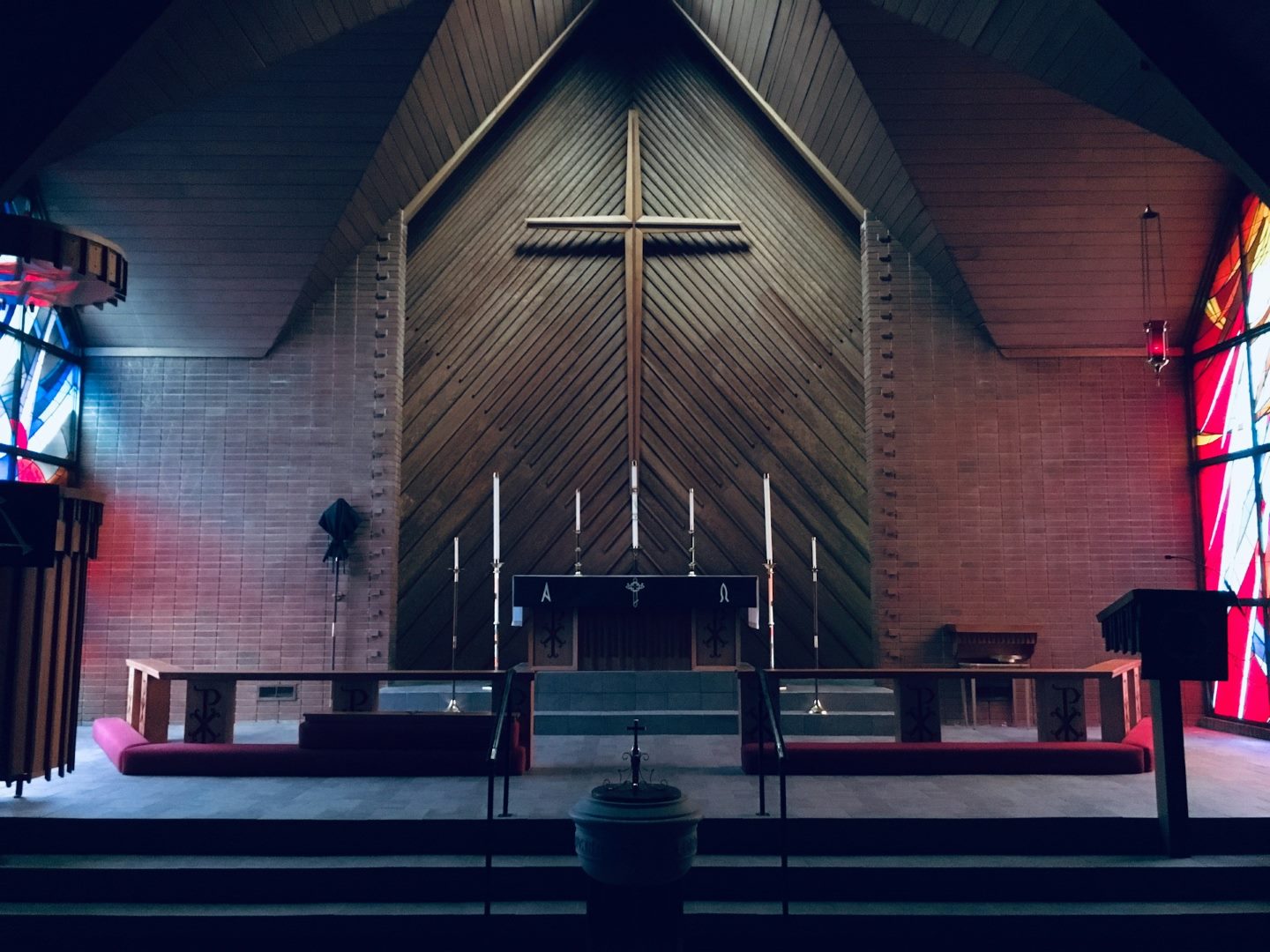Introduction
St. Benedict is the patron saint of Western monks and monasticism. He is best known for his “Rule of Benedict,” which sets out the principles and guidelines for monastic life. Benedict’s life and teachings have left an enduring legacy, shaping the development of Christianity and Western civilization.
Early Life and Conversion
Benedict was born in Nursia, Italy, around 480 AD. He came from a wealthy and influential family and received a Roman education. However, he eventually abandoned his worldly pursuits and embraced the monastic life. After a period of intense spiritual searching, Benedict settled in a cave at Subiaco, where he spent several years as a hermit.
Foundation of Montecassino
In 529 AD, Benedict founded his first monastery at Monte Cassino, which became the center of his monastic order. He established a strict set of rules for the monks, emphasizing obedience, humility, prayer, and work. The monastery became an important center of religious and cultural life in Europe.
Rule of Benedict
Benedict’s “Rule of Benedict” (also known as the Holy Rule) is a comprehensive guide for monastic life. It covers every aspect of the monk’s existence, from the daily routine to the spiritual exercises. The Rule emphasizes:
* Obedience: Monks must obey their abbot in all things that are not sinful.
* Humility: Monks must cultivate a spirit of humility and avoid pride and self-exaltation.
* Prayer: Monks must dedicate themselves to prayer and meditation, especially the Liturgy of the Hours.
* Work: Monks must engage in manual labor as well as intellectual pursuits.
The Benedictine Order
The Benedictine Order, founded by Benedict, became one of the most influential monastic orders in the Western world. Benedictine monks played a crucial role in spreading Christianity throughout Europe, establishing monasteries, schools, and hospitals. The order has continued to grow and evolve over the centuries, and today there are thousands of Benedictine monasteries worldwide.
Benedictine Spirituality
Benedictine spirituality is characterized by its emphasis on:
* Stability: Monks remain in the same monastery for their entire lives.
* Conversion: Monks strive for constant conversion of heart and mind.
* Community: Monks live in a community of like-minded individuals.
* Liturgical Prayer: Monks give priority to the daily recitation of the Liturgy of the Hours and the celebration of the Eucharist.
Legacy of St. Benedict
St. Benedict’s legacy has had a profound impact on Western civilization. His “Rule of Benedict” continues to guide monastic communities worldwide, providing a framework for a life of prayer, work, and community. Benedict’s teachings on humility, obedience, and stability have also influenced secular society, shaping values and ethical standards.
Conclusion
St. Benedict is a towering figure in the history of Christianity. His life and teachings have left a lasting legacy that continues to inspire monks, nuns, and lay people alike. His “Rule of Benedict” remains an essential guide for monastic life, and his principles of humility, obedience, and community continue to resonate in contemporary society.



